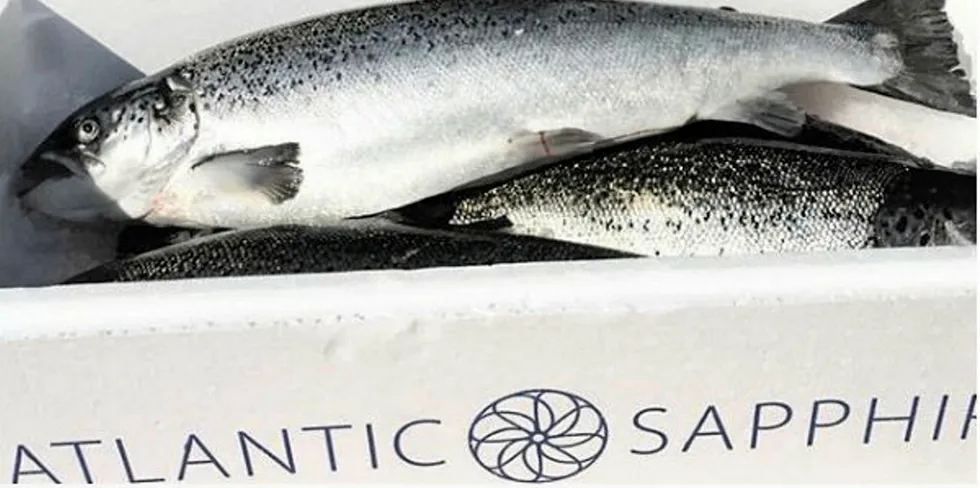Land-based salmon production will make or break North American supply forecasts
The success or failure of the land-based salmon farming sector in the US offers drastically different futures for North America's supply.

The success or failure of the land-based salmon farming sector in the US offers drastically different futures for North America's supply.
